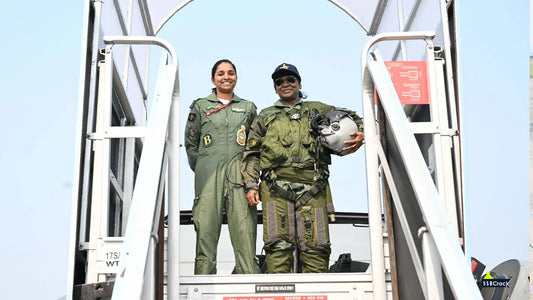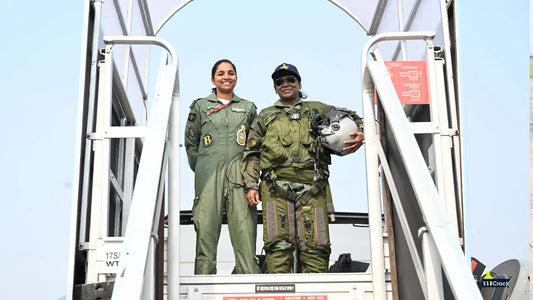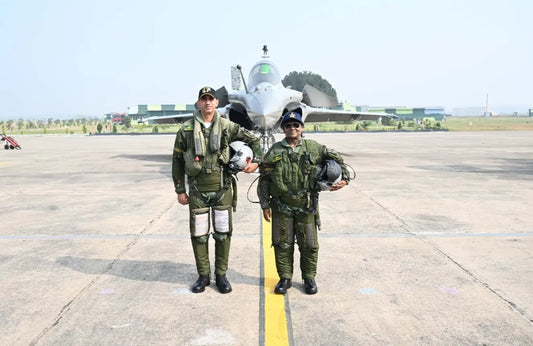INS Tamal Joins Indian Navy, Culminating Foreign Warship Procurement Era

The Indian Navy has officially commissioned INS Tamal, the latest in its Tushil-class of stealth frigates, during a ceremony held at the Yantar Shipyard in Kaliningrad, Russia. This event, overseen by Vice Admiral Sanjay J Singh, Flag Officer Commanding-in-Chief of the Western Naval Command, alongside senior defense officials from India and Russia, marks the conclusion of India's era of sourcing warships from foreign nations.
INS Tamal is the second vessel within the Tushil-class, an enhanced version of the Talwar and Teg-class ships, which are derived from Russia's Project 1135.6, known as the Krivak class. With its induction, India is ending its long-standing practice of importing frontline warships, aligning with the country's Aatmanirbhar Bharat and Make in India initiatives to boost domestic naval construction.
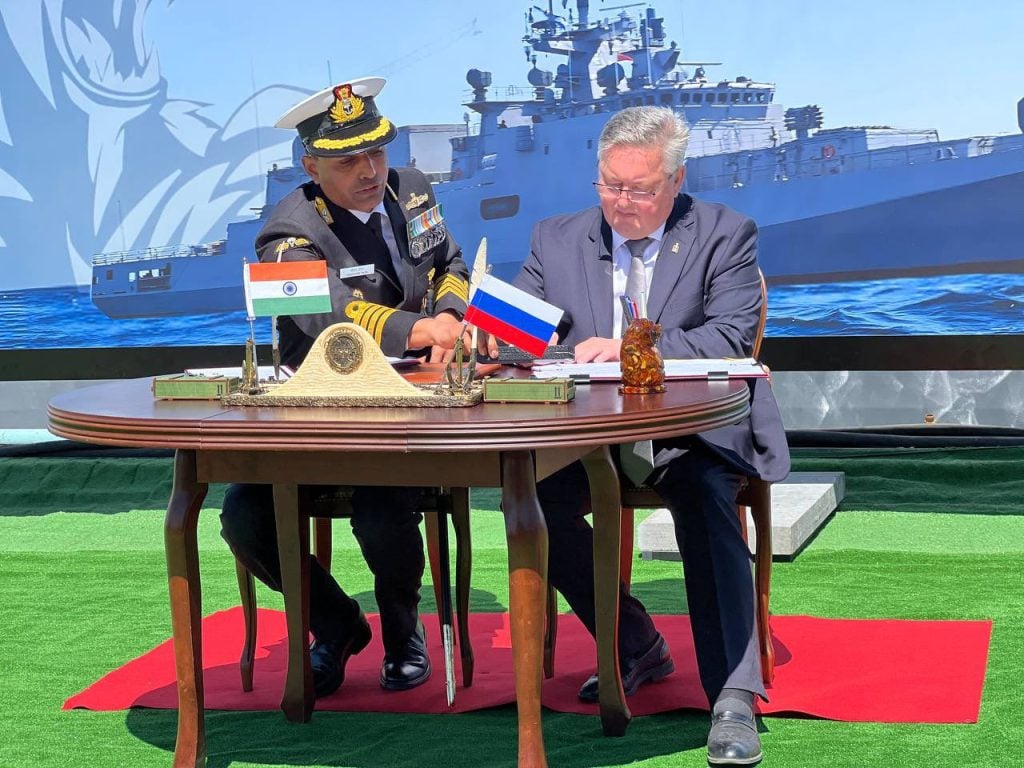
The first ship in this class, INS Tushil, entered service in December 2024. Both vessels are part of the Western Fleet of the Indian Navy, commonly referred to as the Sword Arm. Under an Inter-Governmental Agreement with Russia, two more frigates, Triput and Tavasya, are being built at Goa Shipyard Limited using transferred technology, furthering India's move towards self-reliant production.
INS Tamal incorporates over 30 percent indigenous components, including the BrahMos long-range cruise missile. The ship is equipped with Shtil vertical launch surface-to-air missiles, an advanced A190 100 mm gun, anti-submarine rocket systems, heavyweight torpedoes, and sophisticated radar and electronic warfare suites. It also boasts new-generation sensors like the EO/IR Sandal V system to enhance situational awareness, supported by modern SATCOM, data links, and secure communication systems for network-centric warfare capabilities.
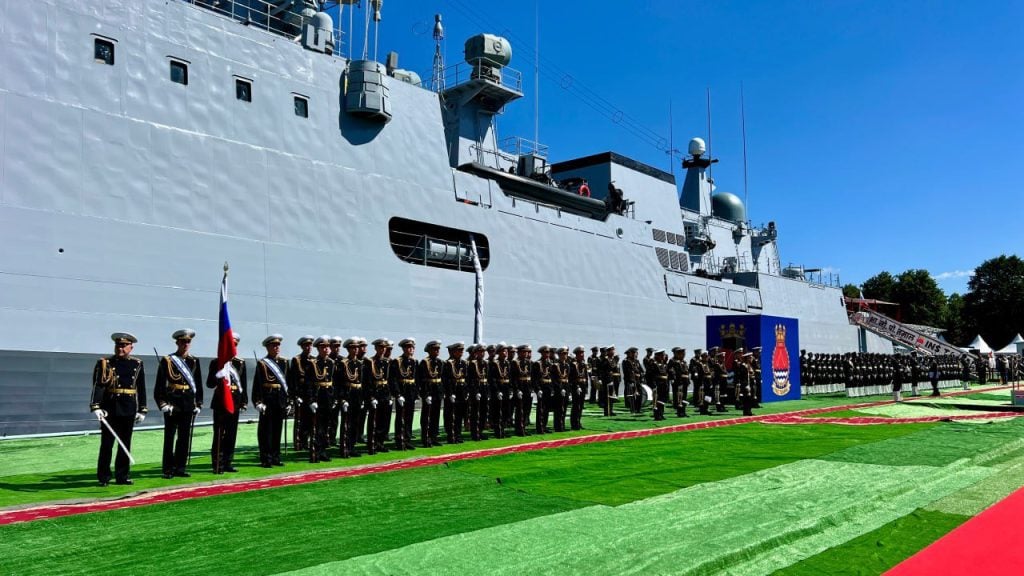
The ship's aviation facilities accommodate operations by Kamov-28 multirole helicopters and Kamov-31 airborne early warning helicopters, significantly broadening its operational scope. Powered by a COGAG propulsion system, INS Tamal can reach speeds exceeding 30 knots, offering extended endurance and a high firepower-to-tonnage ratio.
The Tushil-class project is one of the most significant foreign naval shipbuilding contracts globally, highlighting the depth of Indo-Russian defense relations. These ties trace back to the mid-1960s when India, unable to acquire advanced naval systems from Western nations, turned to the Soviet Union. The USSR supplied submarines, missile boats, and supersonic fighters, bolstering India's maritime capabilities and contributing to decisive victories in the 1971 war.
This Indo-Russian collaboration persisted after 1971, with the transfer of key equipment such as Nanuchka and Kashin class vessels, Kilo class submarines, and maritime patrol aircraft, including the TU-142 and IL-38, as well as the retrofitted aircraft carrier INS Vikramaditya. The joint development of the BrahMos missile further solidified this alliance.
The commissioning of INS Tamal not only introduces a formidable warship to India's naval fleet but also signifies the end of a chapter that witnessed India evolve into a major naval power with the support of a longstanding ally. With a focus now on indigenous shipbuilding, the legacy of this partnership continues to underpin the Navy's operational capabilities and strategic advancement.
